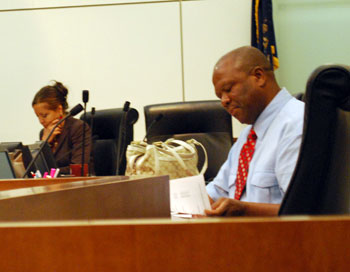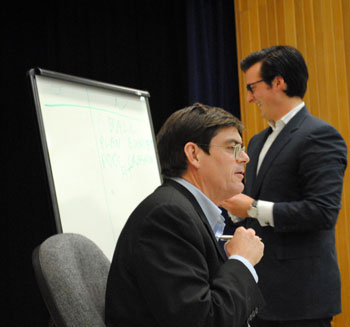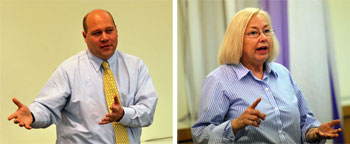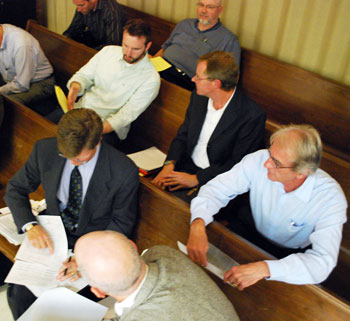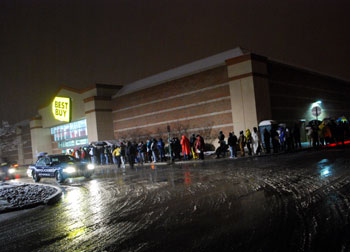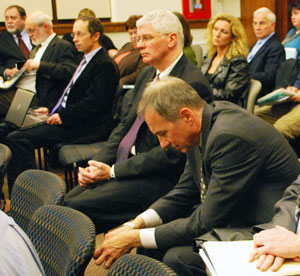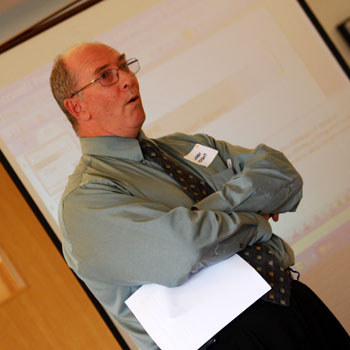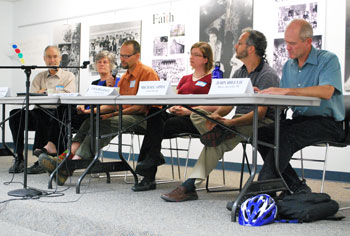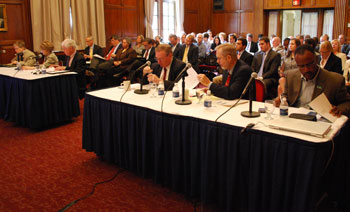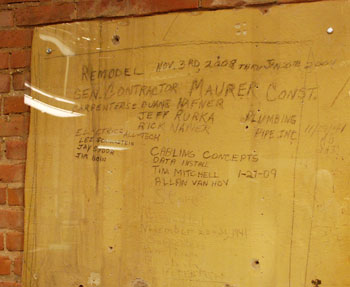Ann Arbor to County: Levy Econ Dev Tax
At its Aug. 15, 2011 meeting, the Ann Arbor city council passed a resolution urging the Washtenaw County board of commissioners to use Act 88 of 1913 to levy a tax to support economic development in the county. For the last two years, the county board has levied the tax – at a rate of 0.043 mill. (One mill is $1 for every $1,000 of a property’s taxable value.) The council resolution was brought forward by Carsten Hohnke (Ward 5), Margie Teall (Ward 4) and Sandi Smith (Ward 1).
Because Act 88 predates the state’s Headlee legislation, the board does not need to put the issue before voters in order to levy the tax. The county board could, by the Act 88 statute, levy such a tax up to 0.5 mills, or more than 10 times the amount it has chosen to levy the last two years.
Last year in November, the county board approved the Act 88 tax with just a six-vote majority on the 11-member board. Kristin Judge, Mark Ouimet and Wes Prater dissented. Jessica Ping abstained, and Rolland Sizemore Jr. was absent from that Nov. 3, 2010 meeting.
For 2011, the allocation of the roughly $611,266 raised by the countywide Act 88 tax broke down as follows: $200,000 to Ann Arbor SPARK; $50,000 to SPARK East; $100,000 to the Eastern Leaders Group; $144,696 to the county’s department of economic development and energy; $15,000 to fund a Michigan State University Extension agricultural innovation counselor for Washtenaw County; $27,075 to fund horticulture programming for the Washtenaw MSUE horticulture educator; $59,229 for 4-H activities, including allocation to the Washtenaw Farm Council for operating the Washtenaw County 4-H Youth Show & 4-H agricultural programming for the 4-H extension educator; and $15,000 to support the work of the Food System Economic Partnership (FSEP).
SPARK is also supported by Ann Arbor taxpayers through a contract with the city of Ann Arbor for business development services. At its June 20, 2011 meeting the city council authorized the city’s annual $75,000 contract with SPARK. That translates to the rough equivalent of 0.017 Ann Arbor city mills. (Each mill levied within the city of Ann Arbor translates to roughly $4.5 million.) Together with the countywide Act 88 millage, direct Ann Arbor taxpayer support of economic development translates to the equivalent of at least .06 mills (0.043 + 0.017) or roughly $270,000.
Ann Arbor SPARK is also the contractor hired by the city’s local development finance authority (LDFA) to operate a business accelerator for the city’s SmartZone, one of 11 such districts established in the early 2000s by the Michigan Economic Development Corp. (MEDC). The SmartZone is funded by a tax increment finance (TIF) mechanism, which in the current fiscal year captured around $1.4 million in taxes from a TIF district – the union of the Ann Arbor and Ypsilanti Downtown Development Authority districts, though revenue is generated only in Ann Arbor’s district. The specific taxes on which the increment since 2002 is captured are the school operating and state education taxes, which would otherwise be sent to the state and then redistributed back to local school districts.
This brief was filed from the city council’s chambers on the second floor of city hall, located at 301 E. Huron. A more detailed report will follow: [link] [Full Story]





